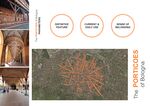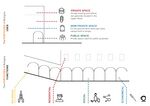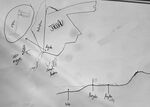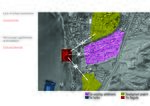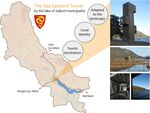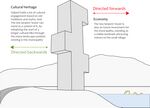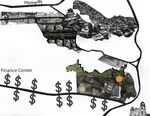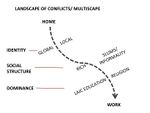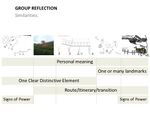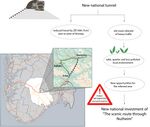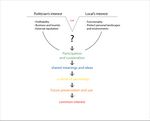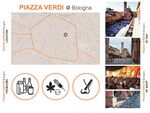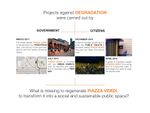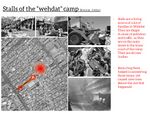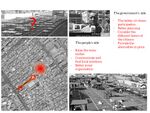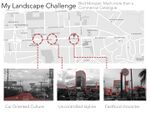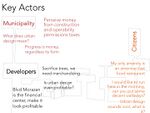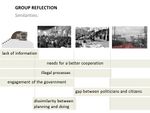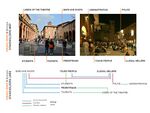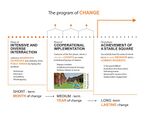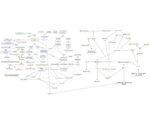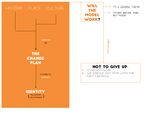LED Online Seminar 2016 - Working Group F
--> Back to working group overview
Dear working group members. This is your group page and you will be completing the template gradually as we move through the seminar. Good luck and enjoy your collaboration!
Assignment 1 - Reading and Synthesizing Core Terminology
- You can read more details about this assignment here
- Readings are accessible via the resources page
Step 1 - Define your readings
- Please add your readings selection for the terminology exercise before 25th of April on the readings selection page.
- Ibrahim: Burckhardt, Lucius (1979): Why is landscape beautiful? in: Fezer/Schmitz (Eds.) Rethinking Man-made Environments (2012)
- Ibrahim: Kucan, Ana (2007). Constructing Landscape Conceptions. In: ECLAS (ed.). JoLA spring 2007, 30-41. Munich: Callwey.
- Ibrahim: Reading the Landscape' by Simon Bell, EMU Tartu
Step 2 - Concept mapping of core terms
Step 3 - Reporting
- Please write, as a group, a 250 words reflection on your concept mapping process
The process itself was constructed in two phases: the first was when each of us read and structured his\her own map, with the second step of knowing how to connect those four maps together and modifying them, based on what did each of us understand from the others as well. As a group composed of people coming from very different backgrounds, we were very focused on the societal perspective of landscape, as well as its collective interpretation. Through group meetings, the main defined theme of the map was also assigned; due to the variety of the readings, it was not easy to reach a mid-point, yet through language differences, it was finally achieved. It was important for us to create a common ground defining what landscape is and represents. Some of our readings focused on the instruments to represent it; others in its role to contain and empower a continuos social construct. Still, the readings mainly reflected about the collective character of the landscape phenomenon; the creation of a continuously changing collective memory. This collective memory is sustainable in the extent it represents and forges a common interest among the users, a common responsibility shared to preserve and maintain the sense of place and a common happiness of users to enjoy and use the place. Another exciting point was to see some of the readings being understood differently, depending on the culture and the background of studies, as some of us had the same readings but mixed with other ones. This has given us a deeper understanding to some of the readings, as well as allowing the group to hear about more readings in a shorter time period
Assignment 2 - Your Landscape Symbols
- You can read more details about this assignment here
- There is an own page for this assignment, please click to find further details
- go to --> Landscape Symbols Reflection Group F
Presentation slides 'Your Landscape Symbols'
After the presentation on April 21 please save your PPT slides to jpgs, upload them and add them to this gallery:
Assignment 3 - Role Play on Landscape Democracy "movers and shakers"
- You can read more details about this assignment here
Assignment 4 - Your Landscape Democracy Challenge
- You can read more details about this assignment here
- Each group member will specify a landscape democracy challenge in his/her environment
Your Landscape Democracy Challenges
- Landscape Democracy Challenge 1
- Landscape Democracy Challenge 2
- Landscape Democracy Challenge 3
- Landscape Democracy Challenge 4
- Landscape Democracy Challenge 5
Presentation slides 'Your Landscape Democracy Challenges'
After the presentation on May 19 please save your PPT slides to jpgs, upload them and add them to this gallery:
Assignment 5 - Your Democratic Change Process
- You can read more details about this assignment here
- After documenting and reflecting on your challenges you will continue jointly with one of these challenges and design a democratic change process
Your Democratic Change Model
Presentation slides 'Your Democractic Change Process'
After the presentation on June 16 please save your PPT slides to jpgs, upload them and add them to this gallery:
